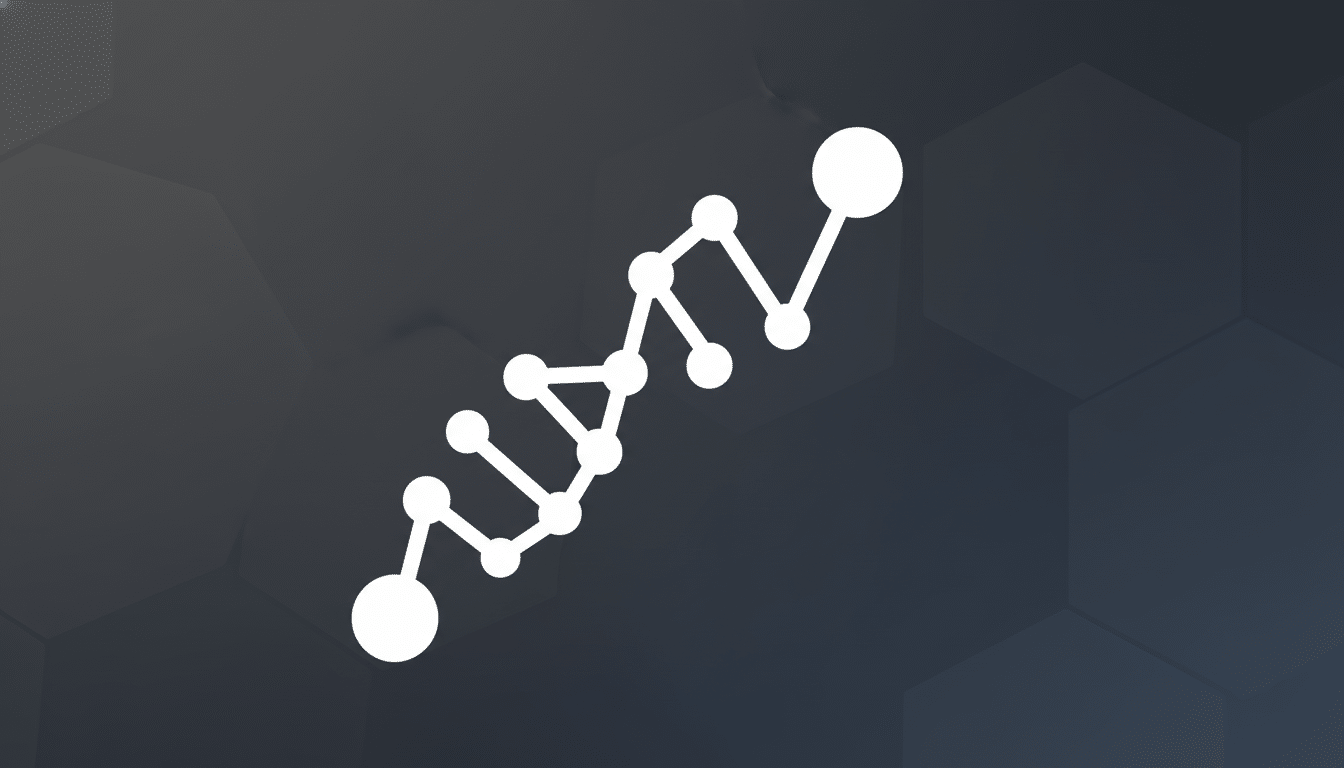Two teenagers are tackling one of agriculture’s oldest problems with some of tech’s most cutting-edge tools. Bindwell, a startup that aims to use artificial intelligence to design the next generation of pesticides, has raised $6 million — and it also secured Y Combinator co-founder Paul Graham as an angel investor.
The round was co-led by General Catalyst and A Capital, with the participation of SV Angel. The idea is simple in concept, yet ambitious: Deploy AI to uncover new, targeted pesticide molecules, then license that intellectual property out to agrochemical companies rather than selling software tools that incumbents have been slow to roll out.

Funding and a strategic pivot to in-house pesticide design
Bindwell’s origin story sounds a lot like typical startup lore. They had gone into Y Combinator planning to sell AI models to the established crop protection companies. As that plan encountered resistance, a conversation at Graham’s house precipitated a change in course: Instead of merely selling the picks and shovels, mine for gold — design the molecules in-house and license them. Graham later publicly expressed confidence, and now his support lends credibility to an industry that is skeptical of unproven AI claims.
The company, which started as a research project after the founders met at Wolfram Summer Research Program, said the seed capital will support wet-lab validation, regulatory planning and early licensing discussions. Bindwell is based in San Carlos, with a small lab footprint and a core team of four personnel including external synthesis partners.
An AI stack tailored to the new modes of action
Bindwell is translating AI approaches from pharmaceutical discovery to crop protection, where the biochemistry looks a lot like that of drug discovery but the market dynamics are different. The company’s suite includes Foldwell, a diffusion-based structure prediction system inspired by breakthroughs including AlphaFold, to solve protein targets in pests. Another model, PLAPT, evaluates proteins’ interactions with ligands, and the team said it can screen all synthesized compounds in about six hours. APPT, focusing on biopesticide-related protein–protein interactions, has been claimed to be 1.7× more efficient than the well-performing existing tools for an industry benchmark.
Key to filling the trust gap in the AI industry, Bindwell says, is uncertainty quantification — indicating when predictions are solid and when more experimental data is required. The startup claims its pipeline can sift through billions of candidate molecules and, on select tasks, run up to four times faster than state-of-the-art academic models. Independent verification will count: Bindwell has employed an independent partner to confirm its results are accurate and is conducting internal assays to test efficacy on priority pest targets.
The target-oriented strategy is distinct from conventional discovery schemes that normally entail the empirical synthesis and testing of thousands of compounds. Focusing on proteins specific to a pest — and not found in humans, pollinators or aquatic species — AI-guided design seeks to yield more selective molecules that act in a cleaner fashion chemically and with fewer off-target risks.

Why agriculture needs fresh chemistry and new modes
Even after years of chemical innovation, between 20–40% of crops around the world are destroyed by pests and diseases annually, according to the UN Food and Agriculture Organization. Pesticide use has roughly doubled around the world over the past 30 years, and resistance keeps climbing: Entomologists have already documented insecticide resistance in hundreds of pest species, and similar trends hold for weeds and fungi. The result is a treadmill — more product, less and less effectiveness.
Regulators are tightening the screws. The U.S. Environmental Protection Agency (EPA) is ramping up interest in ecotoxicity and endangered species impacts, while Europe’s Farm to Fork strategy aims for a 50% cut on the use of chemical pesticides by 2030 and a reduction in risk from all plant protection products. Meanwhile, it’s a long and expensive process to bring a new active ingredient to market. Industry analyses from CropLife International and Phillips McDougall peg the time frame at about 11 years and roughly $280 million for development and approvals. If AI can find new modes of action and strengthen the quality of hits, too, it could shrink the pipeline and cut down late-stage dropouts.
Business model and go-to-market for licensing IP
Instead of selling software to conservative R&D departments, Bindwell plans to create its own IP and license it to agrochemical partners who run formulation, manufacturing and distribution. The company says it is in early discussions with multiple international players and anticipates an initial deal to be struck “in the coming months.” Bindwell is also investigating field trials with partners in India and China in order to fast-track real-world validation of the product in markets with high pest pressure and speedy adoption curves.
This model is the analog to what’s working in AI-first biotech: own the discovery engine, and monetize through licensing and co-development — not tool subscriptions. It also incentivizes alignment — partners can manage differentiated assets while Bindwell keeps some of the upside in multiple indications and geographies.
What to watch next for AI-driven pesticide discovery
Short-term milestones will include third-party assay results, the first licensing deal and selecting lead candidates with defined pest-specific modes of action.
Success in this would not simply be a victory for one startup; it would be evidence that AI can deliver valuable innovation in crop protection, an industry that requires both new chemistry and improved environmental outcomes. Flush with cash and connected investors, Bindwell must now demonstrate that its molecules perform as promised — in laboratories, fields and under regulatory scrutiny.

